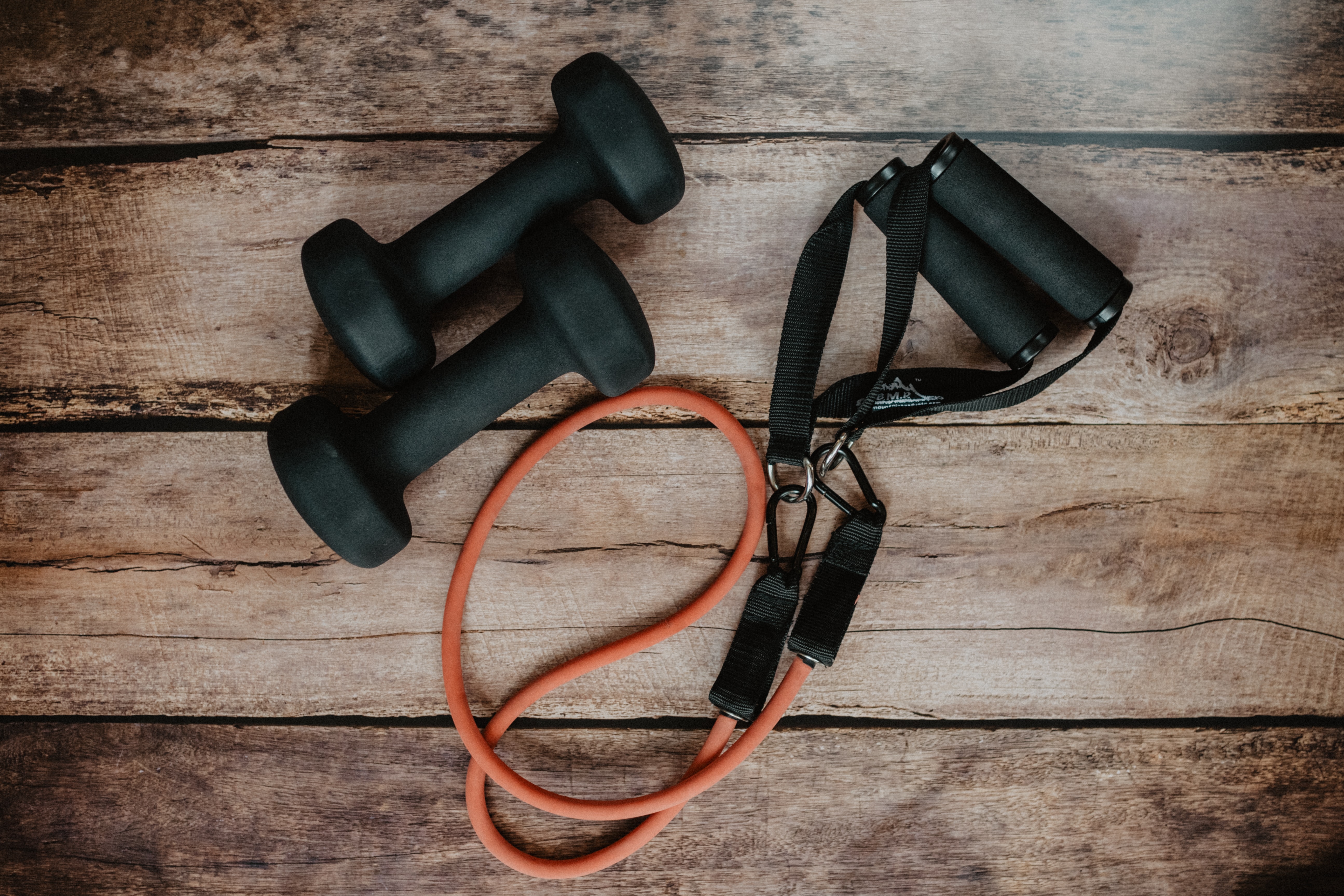 Photo by Clark Street Mercantile
Photo by Clark Street Mercantile
It’s winter…and it can get really cold out there. Layering of clothes is important to do in the cold. It is a term used to describe wearing garments on top of each other. When planning an outing in the snow or winter, you have to be prepared and pack accordingly.
So what are the basics of layering of clothes? Three layers is what is felt to be just right.
- Inner layer-you need a base or inner layer which will keep the sweat off your skin
- Synthetic material-something like polyester or polyamide, water resistant, dries quickly
- Merino wool-natural material, good aborbent, prevents odors
- Middle layer-this provides insulation to protect against the cold and retain body heat
- Fleece, down, or synthetic jackets, fleece leggings
- Outer layer-protects from outdoor elements such as rain or snow
- Waterproof coats
Also, don’t forget the appropriate socks, gloves, hats, and scarves you may need depending on where you are off to. It is better to be prepared then not have the right amount and type of clothes. After all, you can always remove outer layers or decide not to wear them. The important thing is to enjoy those outings while staying warm and preventing yourself from getting sick during the winter.
 Photo by
Photo by  Photo by
Photo by  Photo by
Photo by  Photo by
Photo by  Photo by
Photo by  Photo by
Photo by  Photo by
Photo by  Photo by
Photo by